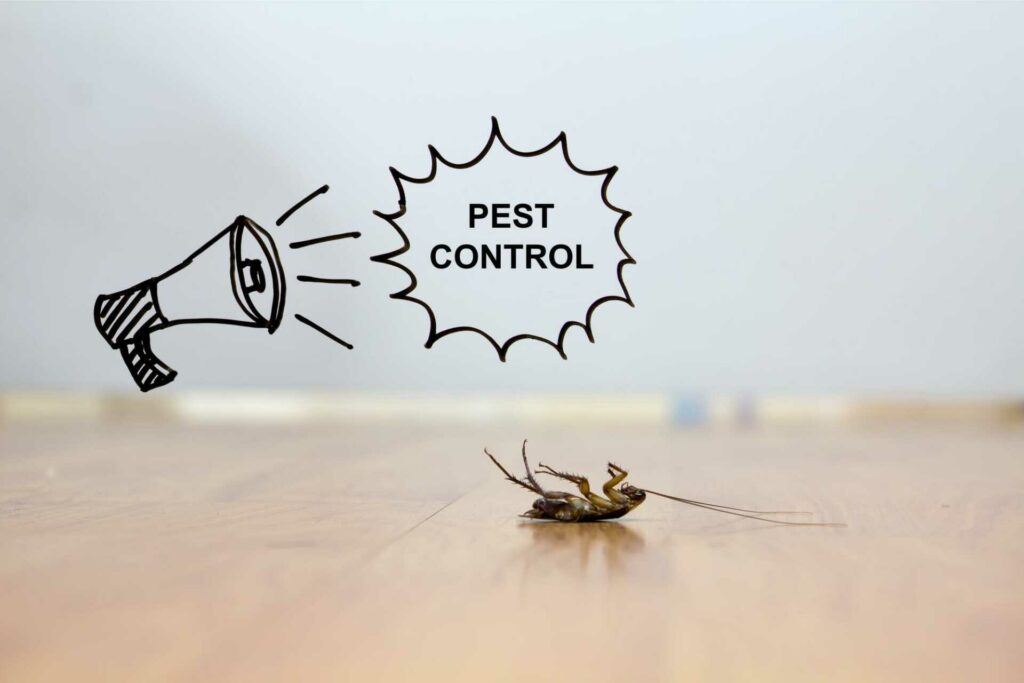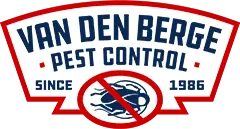
Contents
You may be hesitant to rely on chemical strategies for pest infestation prevention, fearing potential harm to the environment or your health. However, it is important to recognize that when used responsibly, chemical barriers, fumigation techniques, and pesticide application methods can be effective tools in keeping pests at bay.
In this discussion, we will explore the top three chemical strategies for pest infestation prevention, providing you with valuable insights and practical solutions that will protect your home or business from unwanted invaders.
So, let’s dive in and discover how these strategies can help you maintain a pest-free environment.
Pest Infestation Prevention – Key Takeaways
- Chemical repellents, such as insecticides and pesticides, can be used to repel pests through unpleasant odors or tastes.
- Fumigation is an effective technique for eliminating pests by releasing chemicals into an enclosed space.
- Pesticide application methods, such as spraying, dusting, and baiting, offer different options for controlling pests.
- Organic alternatives, like neem oil and diatomaceous earth, provide environmentally friendly options for pest control.
Chemical Barriers
To effectively protect your home from pest infestations, consider implementing chemical barriers. Chemical repellents and soil treatments are two effective methods to prevent pests from entering your property and causing damage. By using these strategies, you can create a safe and pest-free environment that promotes a sense of belonging and peace of mind.
Chemical repellents are substances that repel pests and discourage them from entering your home. They work by emitting odors or tastes that pests find unpleasant, effectively keeping them at bay. Common chemical repellents include insecticides, rodenticides, and pesticides. These can be sprayed or applied around the perimeter of your home, creating a barrier that deters pests from entering.
Soil treatment is another effective method to prevent pest infestations. By treating the soil around your home with chemicals, you can eliminate any existing pests and create a protective barrier against future infestations. Soil treatment involves applying insecticides or pesticides to the soil, targeting pests at the source, and preventing them from accessing your property.
Implementing chemical barriers not only protects your home from pests but also fosters a sense of belonging. When your home is free from pests, you can enjoy a clean and comfortable living space, enhancing your overall well-being. Additionally, knowing that you have taken proactive measures to protect your home can give you peace of mind and a sense of ownership over your space.
Fumigation Techniques
If you’re looking for a more comprehensive approach to pest control, consider utilizing fumigation techniques. Fumigation is a highly effective method for eliminating pests and preventing future infestations. It involves the use of chemicals that are released into an enclosed space to kill pests at all stages of their life cycle. While fumigation can be an effective solution, it is important to prioritize fumigation safety and explore eco-friendly alternatives.
When considering fumigation, it is essential to prioritize safety precautions. Hiring a professional fumigation company is crucial to ensure that the process is carried out safely and effectively. These experts have the knowledge and experience to handle the chemicals and equipment involved. They will also provide you with detailed instructions on preparing your space for fumigation and how to ensure the safety of yourself and your family.
However, if you’re concerned about the potential risks associated with fumigation, there are eco-friendly alternatives available. These alternatives use natural or organic compounds to repel or eliminate pests. For example, essential oils such as peppermint, eucalyptus, or neem oil can be used as natural insect repellents. These oils are safe for humans and pets, making them a popular choice for those seeking environmentally-friendly pest control solutions.
To help you understand the differences between traditional fumigation and eco-friendly alternatives, here is a comparison table:
| Fumigation Techniques | Safety Precautions | Eco-Friendly Alternatives |
|---|---|---|
| Uses chemicals to kill pests | Requires professional handling | Natural oils as repellents |
| Effective in eliminating pests | It can be harmful if not handled properly | Safe for humans and pets |
| Can be harmful if not handled properly | Follow instructions carefully | Environmentally-friendly solution |
Pesticide Application Methods
One effective way to control pests is through the application of pesticides. When it comes to pesticide application methods, there are several options available to you. Here are three sub-lists to engage and inform you about different pesticide application methods:
- Spraying: This is the most common method of pesticide application. It involves using a sprayer to distribute the pesticide over a large area. Spraying is effective for covering a wide range of plants or surfaces, making it an ideal choice for outdoor use. However, it’s important to follow safety guidelines and avoid spraying near water sources or in windy conditions to prevent contamination.
- Dusting: Dusting involves applying pesticides in powder form to target areas. This method is useful for treating hard-to-reach areas such as cracks and crevices. It’s commonly used for pest control in attics, basements, and crawl spaces. Dusting is less likely to contaminate the air or water sources compared to spraying, making it a safer option in certain situations.
- Baiting: Baiting is an alternative solution to traditional pesticide application methods. It involves placing bait stations or traps containing pesticides in areas where pests are likely to be present. This method is particularly effective for controlling pests like ants, cockroaches, and rodents. Baiting is a more targeted approach, reducing the risk of pesticide exposure to non-target organisms.
While pesticides can be effective in controlling pests, it’s important to consider organic alternatives and alternative solutions for pest control.
Organic alternatives, such as neem oil and diatomaceous earth, offer environmentally friendly options that may be suitable for certain situations.
Additionally, integrated pest management (IPM) strategies focus on preventing pest infestations through practices like regular cleaning, proper waste management, and sealing entry points. By considering these alternative solutions, you can achieve effective pest control while minimizing the use of chemical pesticides.
Summary
The use of chemical barriers, fumigation techniques, and pesticide application methods are effective strategies for preventing pest infestations.
These methods create a protective shield against pests, eliminate existing infestations, and ensure a pest-free environment.
By implementing these chemical strategies, you can safeguard your property and maintain a pest-free space.
Remember to consult with professionals to choose the most suitable approach for your specific needs.
Recent Posts
Why Choose Top Wasp Exterminators for Removal?
When it comes to managing wasp issues, opting for top exterminators can be a wise
Why Choose Local Mosquito Control Services?
Imagine traversing a dense forest; local guides know the terrain, helping you avoid pitfalls. Similarly,
5 Tips for Choosing Top Termite Control Services
Choosing a termite control service is like selecting a skilled surgeon for a delicate operation;
